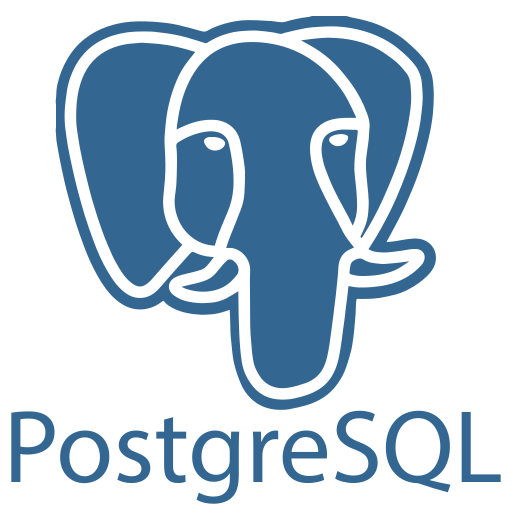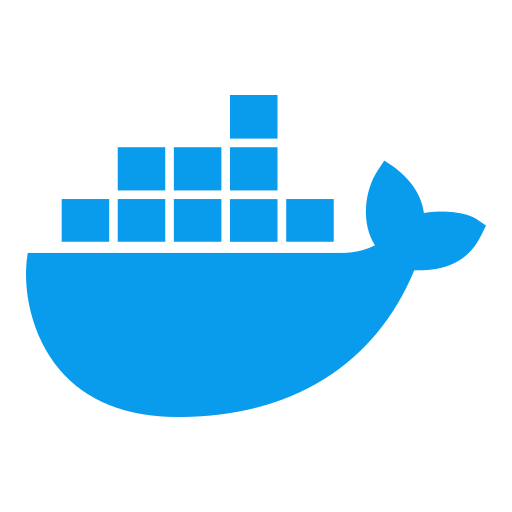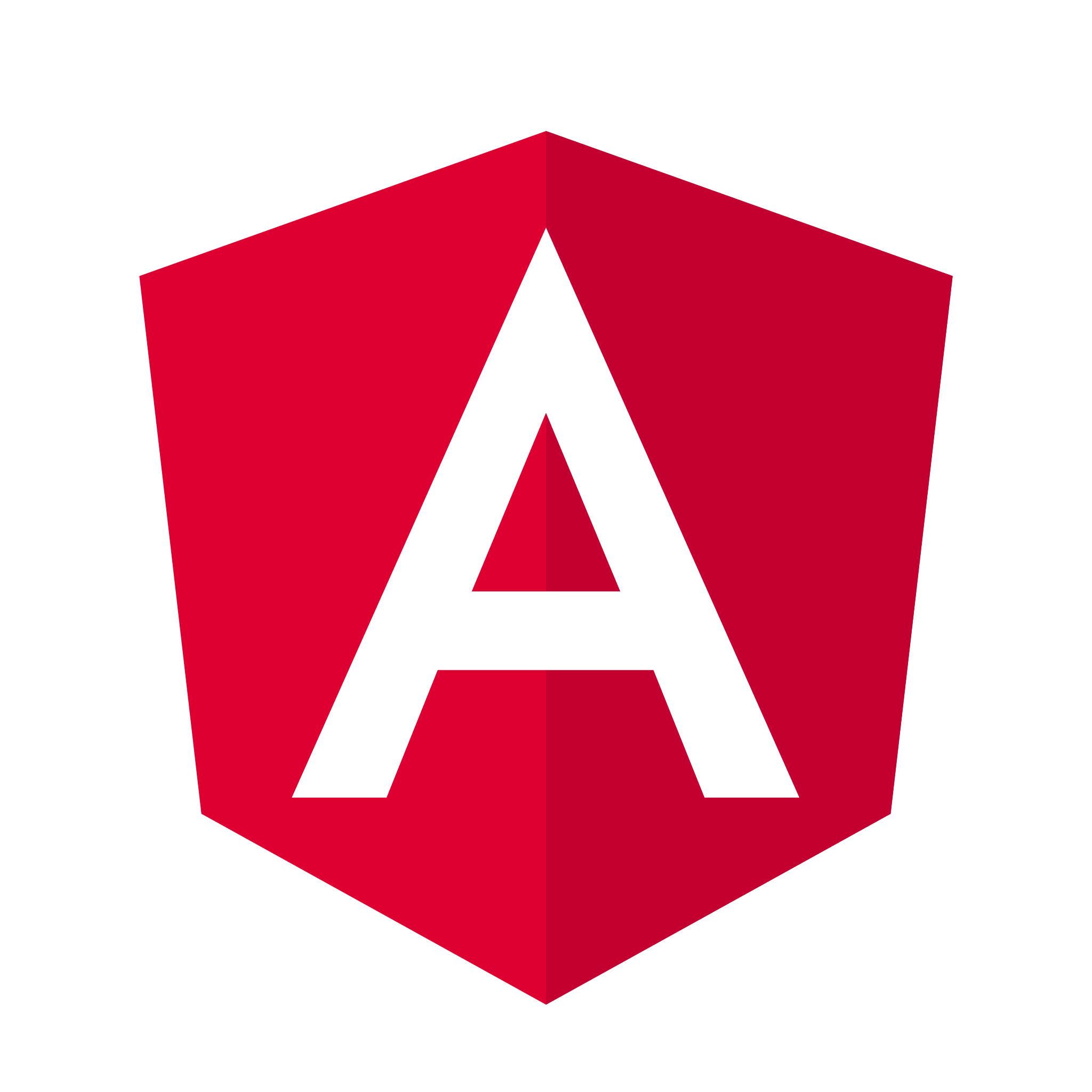Technology Architecture and Platform
A concise description of the Technology Stack, Data Architecture, and Interoperability Standards that drive the Amphora Health ecosystem.
1. Infrastructure and Backend Core
The technical foundation that ensures the stability, security, and performance of the central platform.

Amazon Web Services (AWS)
Amazon Web Services (AWS) forms our primary cloud infrastructure, providing scalable computing, storage, and database services with HIPAA and GDPR security certifications.

Google Cloud Platform (GCP)
Google Cloud Platform (GCP) complements our multi-cloud strategy, offering advanced AI/ML capabilities, Big Data processing, and geographic redundancy for business continuity.

PostgreSQL
PostgreSQL serves as our primary transactional database system, ensuring ACID compliance for critical clinical data with synchronous replication and encryption at rest.

Docker
Docker standardizes application packaging through containers, ensuring consistency across development, testing, and production environments.

Python
Python powers our backend with frameworks like FastAPI and Django, developing secure RESTful APIs, data services, and high-performance ETL processes.

Angular Framework
Angular structures our enterprise web applications with component-based architecture, dependency injection, and advanced testing tools.

TypeScript
TypeScript adds static typing to our JavaScript code, reducing development-time errors and improving maintainability of complex applications.

Bootstrap
Bootstrap accelerates front-end development with its responsive grid system, pre-built components, and consistent design utilities.

Bruno API
Bruno revolutionizes our API testing through Git-versioned collections, enabling collaborative testing and automatic endpoint documentation.

Hugo Server
Hugo generates high-performance static sites for documentation, corporate portals, and landing pages with continuous integration and optimized hosting.
2. Data Standards and Interoperability
Our commitment to standardization for the exchange and quality of clinical and scientific information.
-
 FHIR (Fast Healthcare Interoperability Resources): FHIR standardizes our healthcare data exchanges through RESTful resources, implementation profiles, and validation tools to ensure conformity.
FHIR (Fast Healthcare Interoperability Resources): FHIR standardizes our healthcare data exchanges through RESTful resources, implementation profiles, and validation tools to ensure conformity.
-
 OMOP CDM Model: The OMOP CDM Model transforms heterogeneous healthcare data into a common schema, enabling observational analysis at scale with standardized vocabularies.
OMOP CDM Model: The OMOP CDM Model transforms heterogeneous healthcare data into a common schema, enabling observational analysis at scale with standardized vocabularies.
-
 SNOMED CT: SNOMED CT provides comprehensive clinical terminology for precise coding of diagnoses, procedures, and medical findings across the ecosystem.
SNOMED CT: SNOMED CT provides comprehensive clinical terminology for precise coding of diagnoses, procedures, and medical findings across the ecosystem.
-
 LOINC: LOINC standardizes the identification of laboratory tests and clinical observations, facilitating the exchange and aggregation of results between institutions.
LOINC: LOINC standardizes the identification of laboratory tests and clinical observations, facilitating the exchange and aggregation of results between institutions.
-
 ICD-10: ICD-10 ensures uniform coding of diagnoses and procedures for clinical reporting requirements, billing, and epidemiological analysis.
ICD-10: ICD-10 ensures uniform coding of diagnoses and procedures for clinical reporting requirements, billing, and epidemiological analysis.
3. Bioinformatics Tools
The intelligence engine that drives Beluga Science, transforming clinical data into scientific knowledge.
-
 Python (Data Science)
Python (Data Science)
- Python with libraries like Pandas, NumPy, and Scikit-learn forms our core ecosystem for data analysis, feature engineering, and predictive model development.
-
 R (Advanced Statistics)
R (Advanced Statistics)
- R specializes our statistical analysis with packages like dplyr, ggplot2, and survival for epidemiological models, biostatistics, and scientific visualizations.
-
 Bash
Bash
- Bash/Zsh scripting automates bioinformatics pipelines, while HPC environments with Slurm manage computationally intensive processes.
-
 bcftools
bcftools
- bcftools processes and analyzes genomic data in VCF/BCF format, providing efficient manipulation of genetic variants and associated metadata.
-
 PLINK
PLINK
- PLINK performs genome-wide association studies (GWAS), genetic data quality control, and population structure analysis at scale.
4. Methodology and Automation (DevOps)
Our Software Development Lifecycle (SDLC) ensures quality, rapid deployment, and minimal service disruption.
-
 GitHub
GitHub
- GitHub centralizes our version control with rigorous code review, GitHub Actions for CI/CD, and security vulnerability management.
-
 Jenkins
Jenkins
- Jenkins automates continuous delivery pipelines with parallelized stages for building, integration testing, and multi-environment deployments.
5. Business Collaboration and Productivity
Tools that ensure transparency, information security, and internal operational efficiency.
 Slack
Slack
 ClickUp
ClickUp
 Google Workspace
Google Workspace
 Wiki JS
Wiki JS